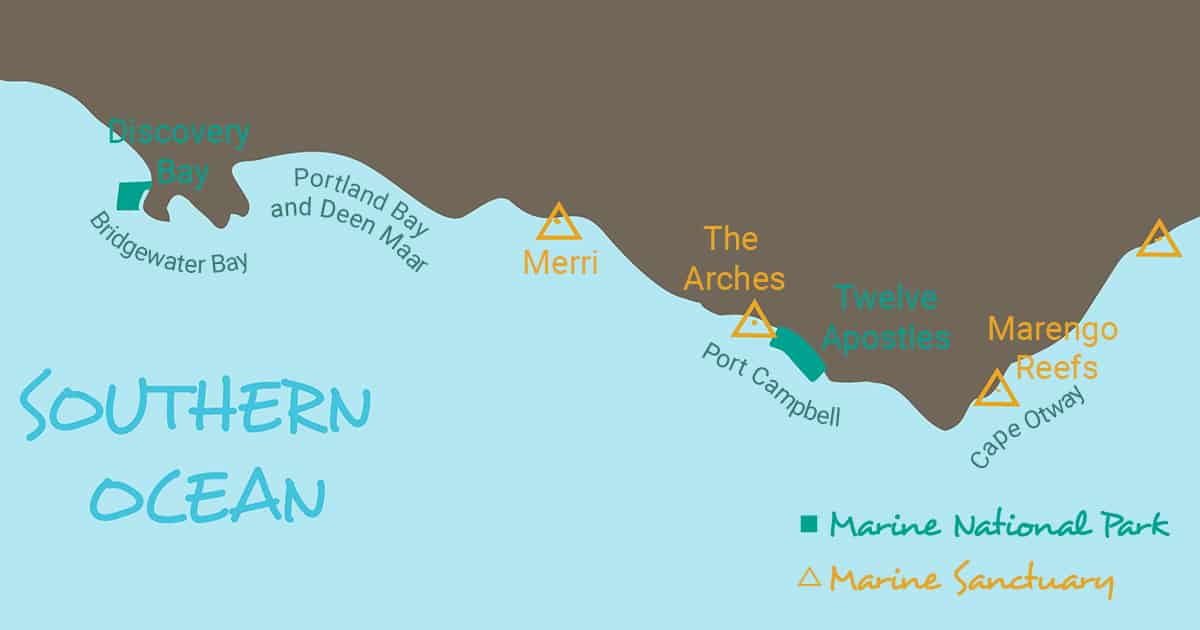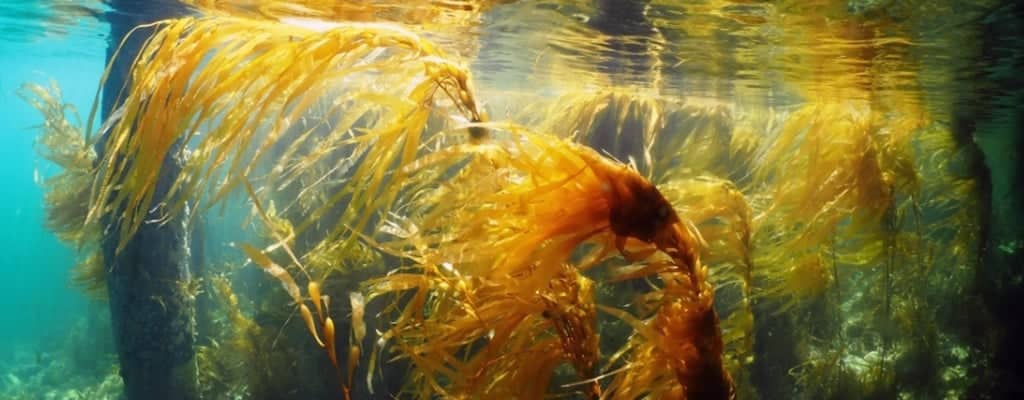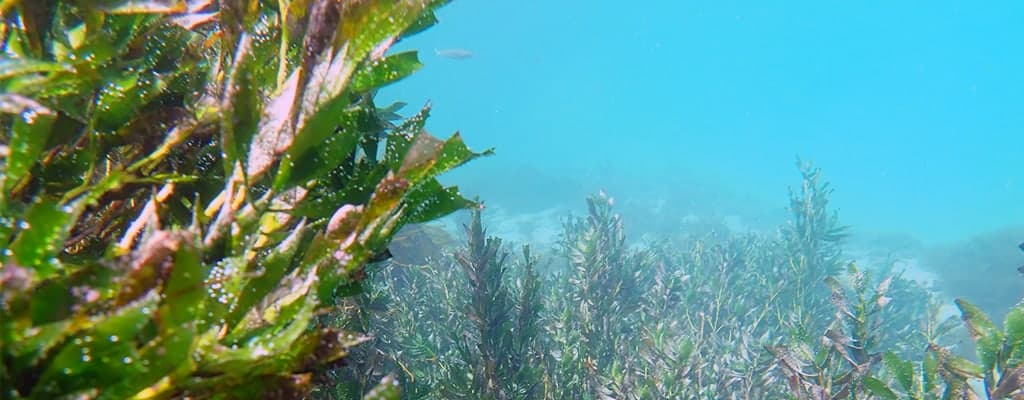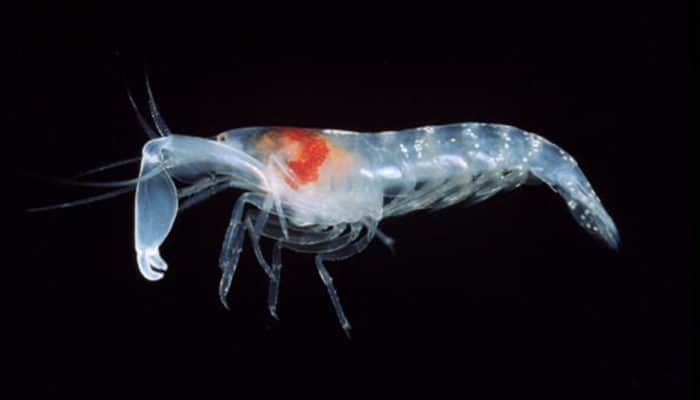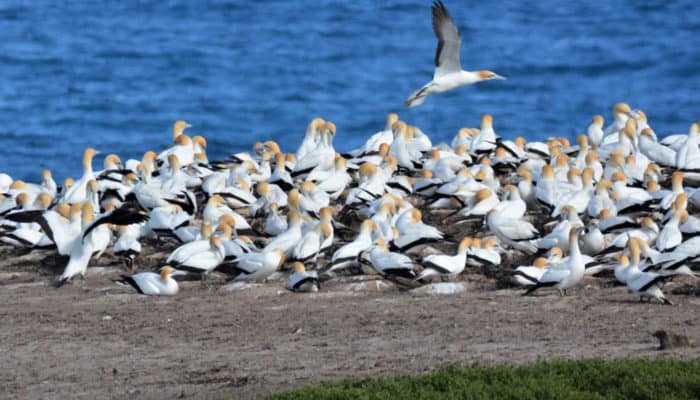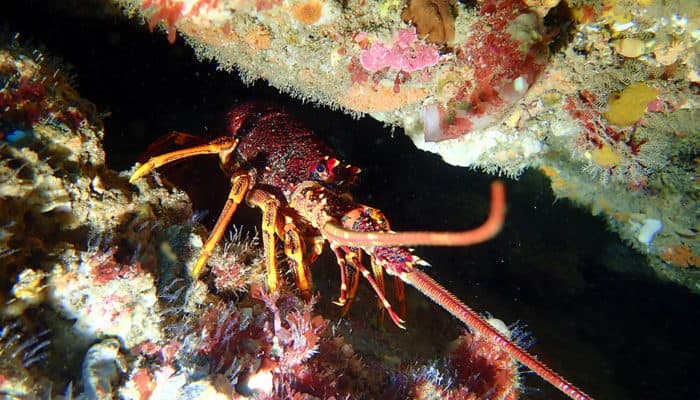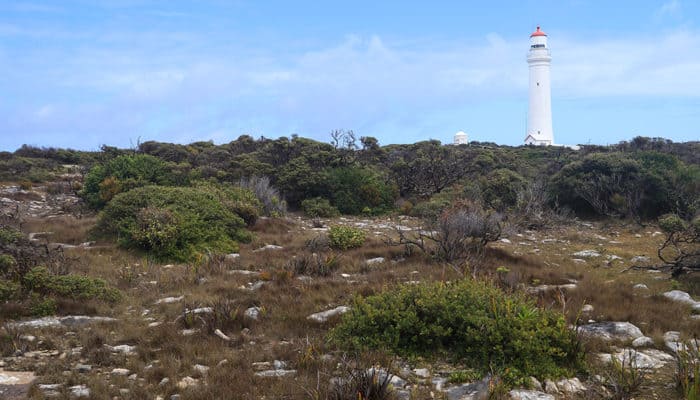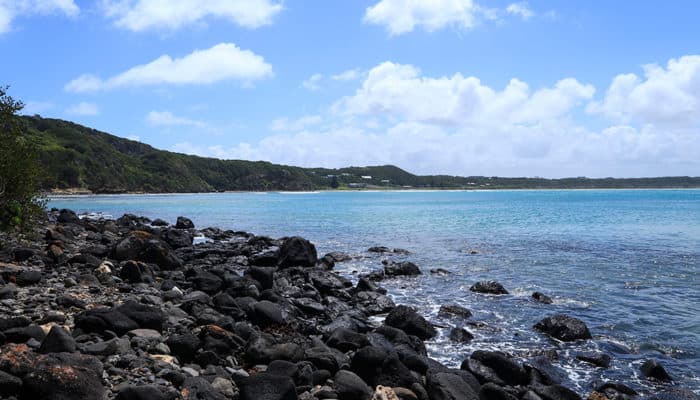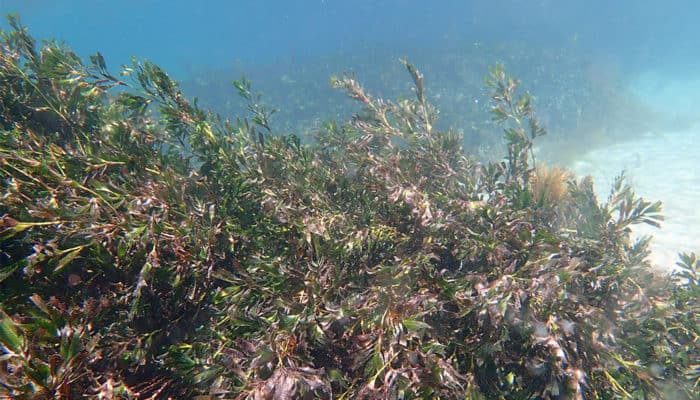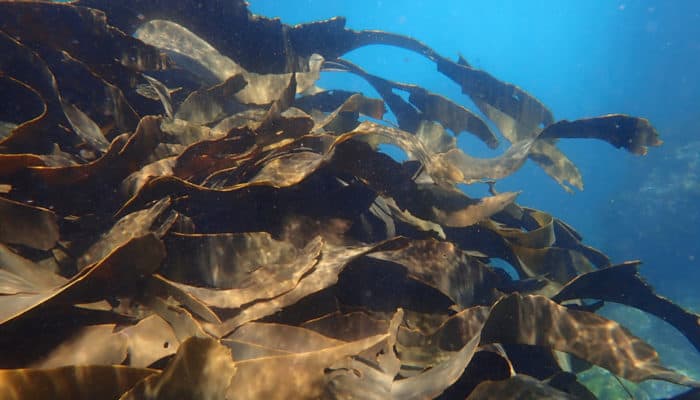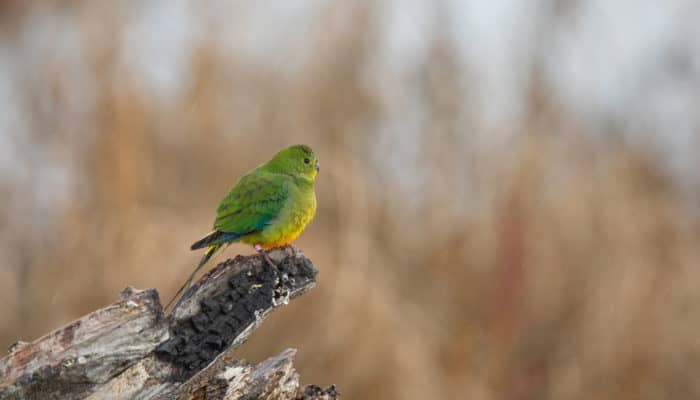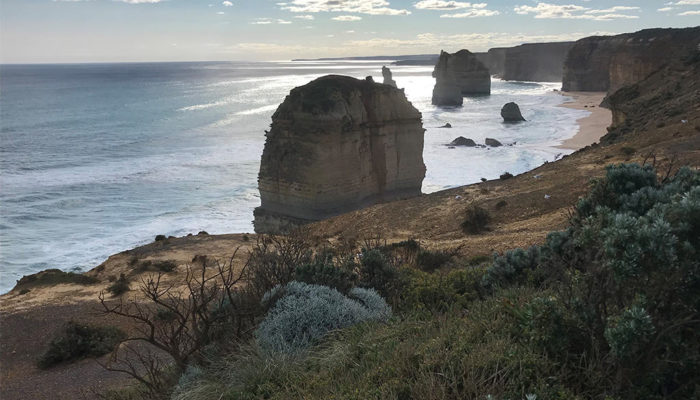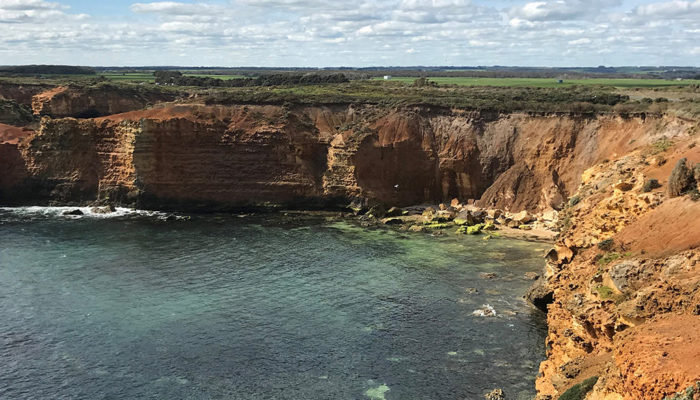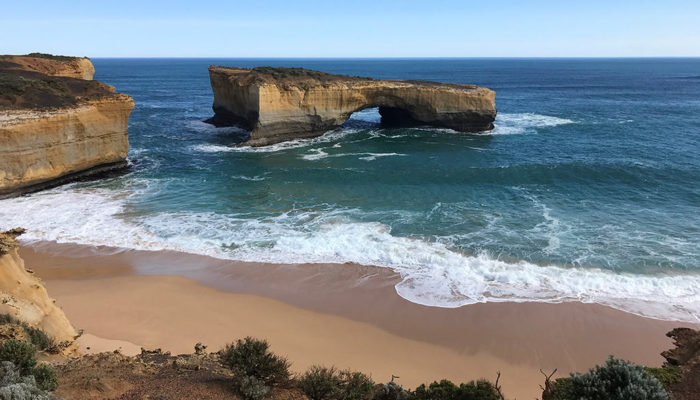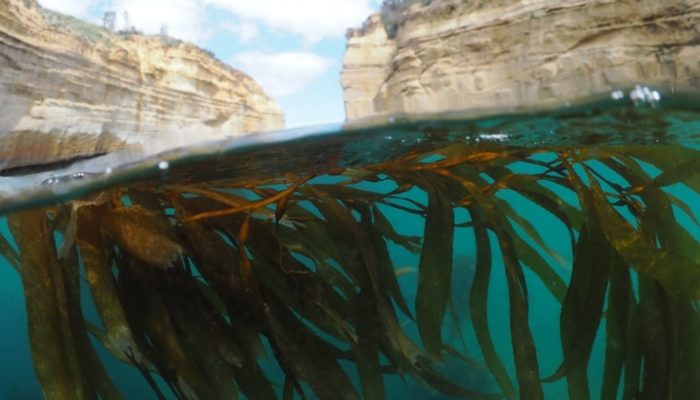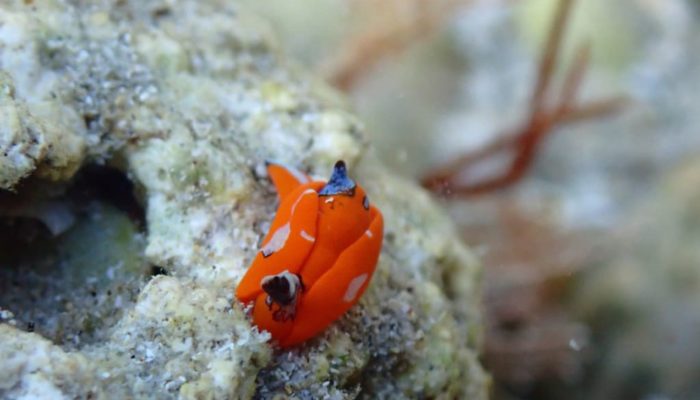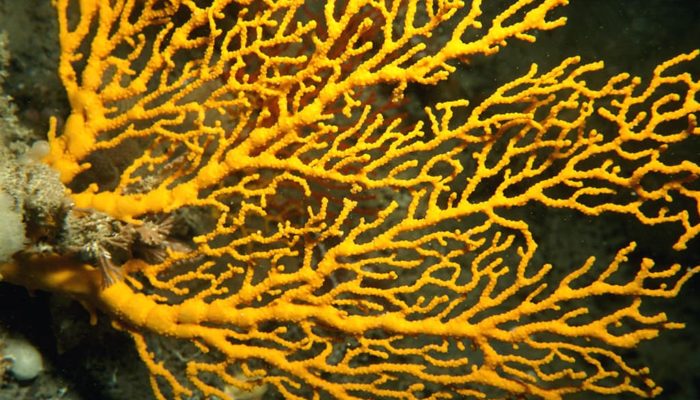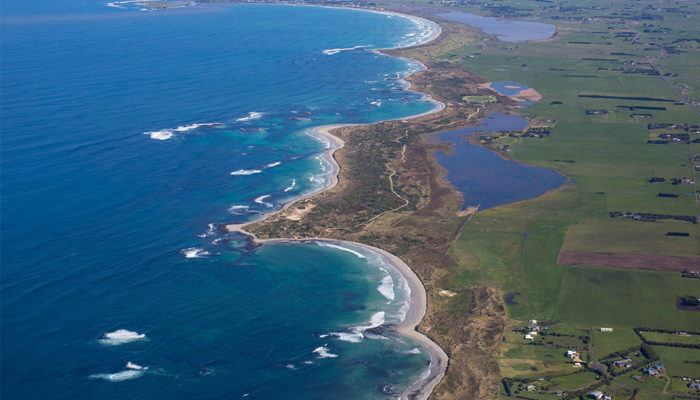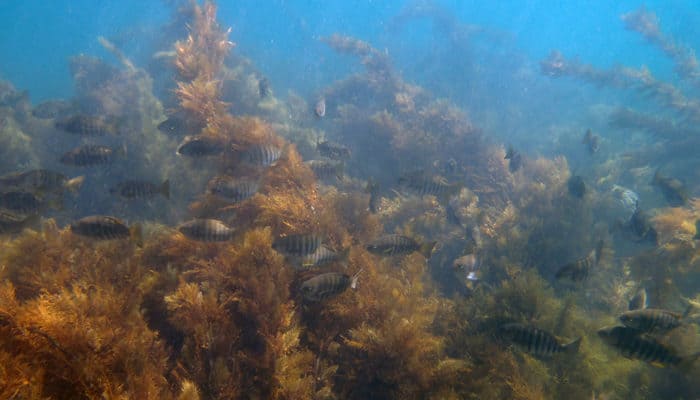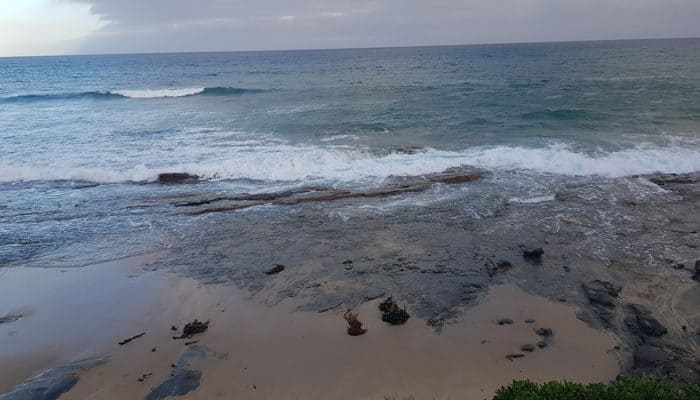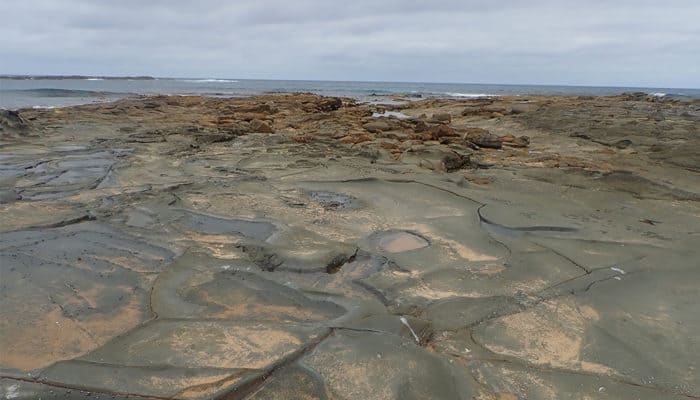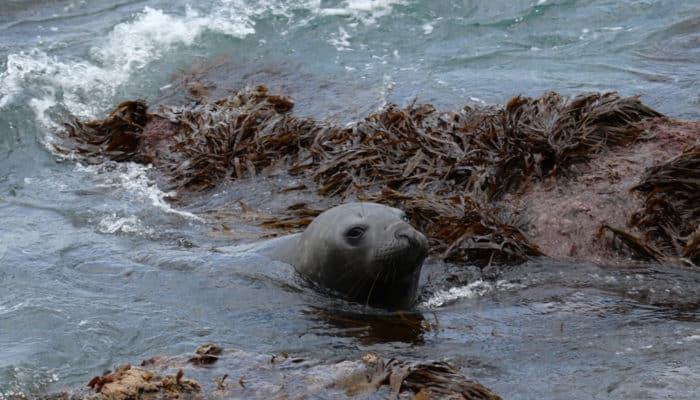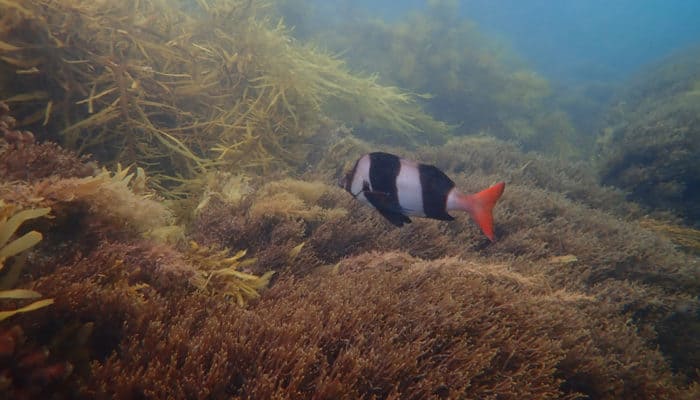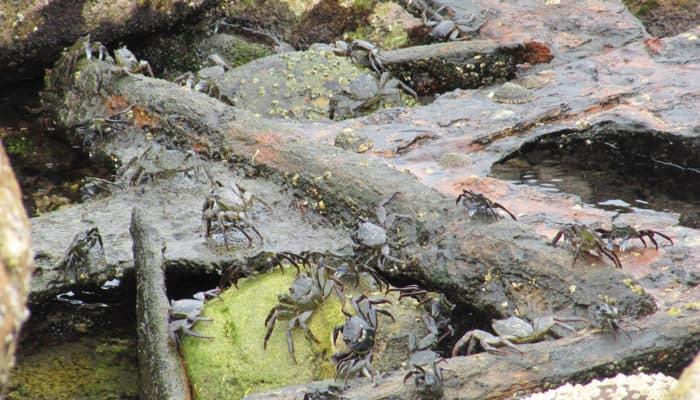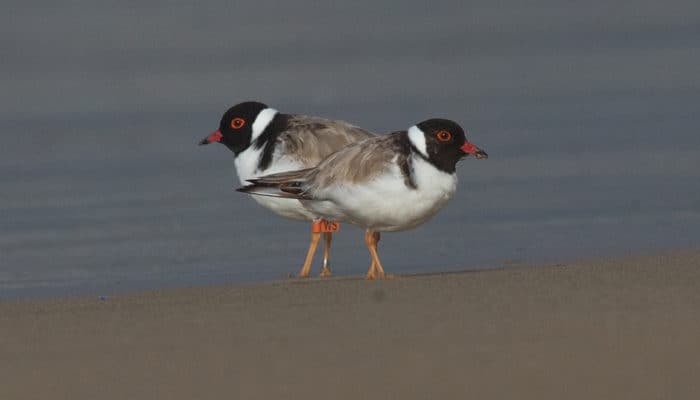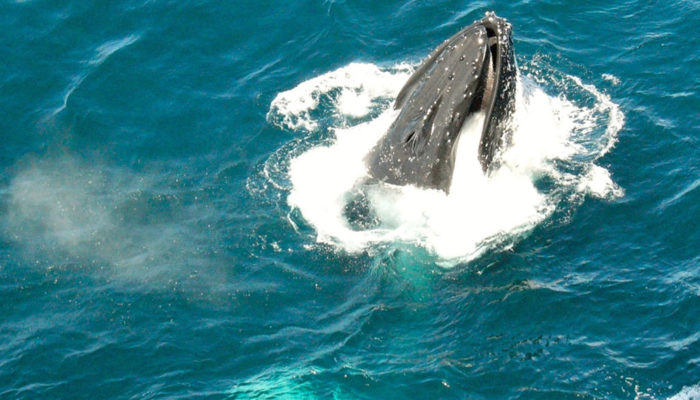Bridgewater Bay
The coast between Discovery Bay and Portland is a unique and important area of Victoria. It has an interesting and rich array of sea life amongst the reefs and rocks, from kelp, sponges and microscopic organisms to Australian fur seals, little penguins, and blue whales. Bays and estuaries in this region are home to sheltered seagrass and sandflat habitats, and ecologically significant wetlands. Sediment beds and seagrass habitats support a range of marine organisms including important recreational and commercial fish species. They also contribute to nutrient cycling and water quality in marine ecosystems, help regulate climate and atmospheric conditions, control erosion, and provide opportunities for recreation, education, and research.
The constant pounding of the cold, wild waters of the Southern Ocean and the Bonney Upwelling increase primary productivity and have a major influence on marine habitats and the diversity of species found there. Cold, nutrient-rich water sucked up to the surface by offshore winds and currents during spring-summer, encouraging the growth of microscopic plants and animals, which in turn provide a feast for fish and other animals.
Discovery Bay, along with its dune and dune lake system, encompasses intertidal, nearshore, and deep reef habitats. Calcarenite reefs are covered with thick growths of sponges, ascidians, bryozoans, and gorgonians (soft corals), while basaltic reefs in the area are covered by red algae and large kelps that are a home for a range of marine organisms. The waters of Discovery Bay are home to Southern Rock Lobster (Jasus edwardsii) and abalone populations, and are known for visitation by Blue Whales (Balaenoptera musculus) and Great White Sharks (Carcharodon carcharias).
Around Cape Nelson, a coastal mallee scrub habitat unique to the region is dominated by the coast or Soap Mallee (Eucalyptus diversifolia diversifolia). There are also important subtidal reef ecosystems offshore at Cape Nelson.
The waters surrounding the volcanic Lawrence Rocks at Portland support spectacular kelp forests, fish and other marine organisms and attract divers from across the state. The rocks are the highest offshore point of a largely submerged volcanic caldera beneath Nelson Bay. Lawrence Rocks is home to the largest colony of gannets in Australia, as well as breeding colonies of other seabirds. Species that use the area include the Little Penguin (Eudyptula minor), Fairy Prion (Pachyptila turtur), and Common Diving Petrel (Pelecanoides urinatrix).
Bridgewater Bay contains sandflats and eelgrass (Heterozostera species) that are important habitats for many species of fish, crustaceans (including the listed Southern Hooded Shrimp, Athanopsis australis) and other marine animals. Bridgewater Bay is one of only two mainland Australian Fur Seal (Arctocephalus pusillus doriferus) colonies. A small number of New Zealand fur seals are also reported to come ashore here.
Marine Protected Areas
- Discovery Bay Marine National Park
Portland Bay and Deen Maar
The area around Portland Bay and Deen Maar is constantly exposed to the pounding waves of the Southern Ocean. Portland Bay offers sheltered habitat where seagrass beds can flourish, while Deen Maar has diverse seaweed habitats including beds of Bull Kelp (Durvillaea potatorum).
Portland Bay contains the most extensive known beds of Sea Nymph (Amphibolis antarctica) seagrass on the open coast in Victoria. The highly productive seagrass ecosystem supports a diverse invertebrate community and is a nursery ground for juvenile fish such as King George Whiting (Sillaginodes punctata), and occasionally snapper and shark. The site is also one of the very few locations where the rare brown algae Cystophora cymodocea occurs, growing attached to the seagrass. Low- and high-profile rocky reefs here are habitats for a range of reef species.
Deen Maar is a site of national geological and geomorphological importance. Bathymetry surveys around Deen Maar Island identified unique deep reef and pinnacle habitat, increasing its ecological importance in terms of uniqueness and as an ecological unit. The sharply sloping reefs of the southern and eastern sides of the island are covered by a dense kelp canopy, a habitat for other marine life, while at the northern end the island drops into a sandy seabed. The subtidal area around Deen Maar is some of the most spectacular underwater environments in Victoria. The island is a wildlife reserve.
Deen Maar is home to one of Victoria’s two largest Australian Fur Seal (Arctocephalus pusillus doriferus) breeding colonies, a rookery for the Common Diving Petrel (Pelecanoides urinatrix), and a breeding habitat for many species of birds including the White-bellied Sea-eagle (Haliaeetus leucogaster) and Fairy Prion (Pachyptila turtur). The island is also a Great White Shark (Carcharodon carcharias) feeding area and may serve as a breeding area for these endangered sharks. The adjoining mainland and wetlands are home to many wildlife species, including the endangered Orange-bellied Parrot (Neophema chrysogaster). About 20 of the parrots have been discovered in the Deen Maar Indigenous Protected Area, representing around 15 per cent of all the parrots surviving in Australia.
Port Campbell
For most people, the attraction of the Port Campbell and Peterborough region is the 50 kilometres of vertical cliffs, steep gorges and photogenic offshore islands seen from the Great Ocean Road. But to explore the area from the sea is a very different experience. The cliffs soar into the sky, screeching seabirds fly high above and the waves seethe around you. Huge arches, like those at Mutton Bird Island near Loch Ard Gorge, are big enough for a boat to go through.
Everybody knows the image – surging waves, golden cliffs, and the crumbling pillars of the Twelve Apostles. The sea is seldom calm; waves pound in from the Southern Ocean every 10 to 16 seconds. But the wild and powerful Southern Ocean also shrouds a remarkable underwater seascape– a labyrinth of towering canyons, caves, arches and walls. These features are festooned with colourful seaweed and sponge ‘gardens’, resident schools of reef fish such as sweep gliding above, and the occasional visit by an Australian fur seal.
From Moonlight Head to Milanesia Beach, and Lion Headland to Slippery Point, the coast is characterised by outcrops and landslips. The outcropping rocks are Otway Group sediments of two main types: channel sandstone, or floodplain and overbank spill deposits. This section of coast is one of the most active cliff sections in Australia.
Moonlight Head, Lion Headland and Dinosaur Cove have been identified as important sites for their unique character and the occurrence of fossils. Moonlight Head is a vertical and in places overhanging cliff that is 50m high and one of the best vertical exposures of Otway Group sediments along the entire coast. Dinosaur Cove is a site of significant discoveries of dinosaur fossils.
Known as the Shipwreck Coast, the coastline in this area has cliffs up to 60 m high and offshore rock formations exposed to high wave energy. Spectacular rock formations continue to erode and break away with time. Popular examples of rock formations are at The Grotto, London Bridge, The Arches, Loch Ard Gorge and the Twelve Apostles. There are few beaches, due to the lack of sand in the eroding cliffs, and the beaches that are present are generally narrow. Sites with beach access include Port Campbell, Childers Cove and Loch Ard Gorge.
From the cliffs you can see the thick brown fronds of Bull Kelp (Durvillaea potatorum), swirling in the ocean swell. Beds of kelp (large brown seaweed) sway as far as the eye can see. Lobster, abalone and sea-urchins are common under the kelp canopy. Giant kelp (Macrocystis pyrifera) forms mini-forests at some locations, reaching the surface from 10 metres in depth.
Away from the coast, the seafloor is mainly low rocky reef, with extensive areas of sand and shell rubble. The offshore reefs (30 – 60m depth) are known to support ‘sponge gardens’, the best examples lying offshore from Moonlight Head. In these gardens, colourful and varied sponges, sea quirts and sea moss shelter many smaller animals including sea-spiders, beautiful sea slugs, a diverse range of shells, and sea stars.
Some of the most unique underwater scenery in the world can be found around Port Campbell. The powerful swell of the Southern Ocean has created awesome subtidal canyons, arches, cliffs and walls lined with a diversity of invertebrate life. The invertebrates found here are characteristic of deeper Bass Strait waters and include a range of sponges, bryozoans, gorgonians (soft corals), hydroids and an abundance of colourful sea stars. Fur seals can sometimes be seen enjoying this playground, plunging through the tunnels and in and out of the arches.
The coastal areas around Port Campbell contain some of the largest and most important areas of native vegetation remaining between Portland and the Otways, including estuarine swamp sedgeland, cliff top grassland and shrubland, sand dune shrubland, heathland, open forest, riparian open forest, dune-swale community, swamp communities, eucalyptus low woodland, low heath, coastal heath, dune complex, and wetlands.
Mutton Bird Island, near Loch Ard Gorge, is a nesting place for Short-tailed Shearwaters (Ardenna tenuirostris). Little Penguins (Eudyptula minor) feed in the park area and nest in caves near the Twelve Apostles.
Marine Protected Areas
- Twelve Apostles Marine National Park
- The Arches Marine Sanctuary
Cape Otway
The Cape Otway coast is a place worth exploring with its dunes and complex reef systems that house an exquisitely diverse range of marine creatures. From feather stars hidden in rocky shores, to zebra fish darting around submerged reefs, to humpback whales that can be seen from the point, this marine area is sure to amaze.
The Cape Otway coast includes dune limestone and younger dune sands overlying Mesozoic and Tertiary rock, with a sandy dune-backed alluvial basin where the Aire, Calder and Ford rivers meet. The habitats and species in the waters around Cape Otway are subject to high swells and moderate wind exposure and are influenced by the waters of both Bass Strait and the Southern Ocean.
Along the rocky shores, anemones, brittle stars, feather stars, abalone, bryozoans, crabs, seastars and a wide variety of shells can be found among the seaweeds and algae. Cape Otway supports a very rich community of invertebrates. More than 108 species have been identified in the area.
Cape Otway has an extensive and highly complex intertidal reef system that offers a variety of physical habitats for a very diverse range of species. The major marine habitats are intertidal and subtidal reef. These intertidal reefs are full of rockpools, gutters and ledges that hide a variety of sea snails, from large abalone to tiny periwinkles. Many filter-feeding animals such as tubeworms, barnacles, and bryozoans (sea moss or lace corals) trap floating food brought by the waves.
Reefs below the surface are covered with beds of bull kelp that host red and brown algae and a wealth of invertebrate life, including soft corals and sponges. Canopies of Neptune’s Necklace (Hormosira banksii) and other brown algae are a habitat for red and coralline algae, and invertebrates such as abalone, rock lobster and sea urchins. Marengo Reef Marine Sanctuary protects the only offshore exposed reef between Cape Otway and Cape Schanck.
The permanently submerged reefs support sea-urchins, Green Warreners (Lunella undulata), sea tulips, elephant snails, tulip shells and Blacklip Abalone (Haliotis rubra). Many kinds of wrasse, schools of Zebra Fish (Girella zebra) and Spiny Globefish (Diodon nicthemerus) swim among the kelp fronds. Other reef fish here include Herring Cale (Olisthops cyanomelas), Horseshoe Leatherjacket (Meuschenia hippocrepis), Victorian Scalyfin (Parma victoriae), Magpie Morwong (Pseudogoniistius nigripes), Old Wives (Enoplosus armatus), Bigscale Bullseye (Pempheris multiradiata), Toothbrush Leatherjacket (Acanthaluteres vittiger), Sea Sweep (Scorpis aequipinnis), Bastard Trumpeter (Latridopsis forsteri) and Silver Sweep (Scorpis lineolata).
Shorebirds using the area include Crested Terns (Thalasseus bergii), Black-faced Cormorants (Phalacrocorax fuscescens) and Pacific Gulls (Larus pacificus). Among other species recorded are the Australasian Gannet (Morus serrator), Fairy Tern (Sternula nereis), Great Egret (Ardea alba), Pied Cormorant (Phalacrocorax varius) and the Shy Albatross (Thalassarche cauta). Hayley Point and Mounts Bay are important nesting sites for Hooded Plovers (Thinornis rubricollis).
Marine mammals recorded in the area include the Australian Fur Seal (Arctocephalus pusillus doriferus), Southern Elephant Seal (Mirounga leonina), Subantarctic Fur Seal (Arctocephalus tropicalis), Humpback Whale (Megaptera novaeangliae) and Southern Right Whale (Eubalaena australis). Hayley Point is a non-breeding haul-out site for Australian fur seals, with the seals inhabiting a small group of near shore rocks. Fur seals also use Henty Island within Marengo Reef Marine Sanctuary.
Marine Protected Areas
- Marengo Reefs Marine Sanctuary
